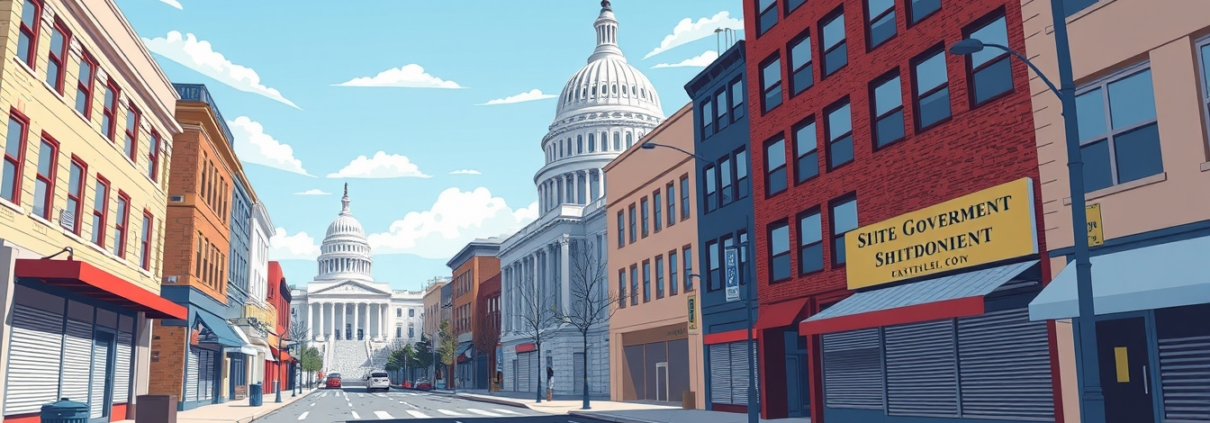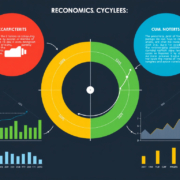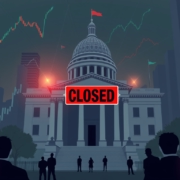The Economic Fallout: Analyzing the Lasting Effects of the Historic US Government Shutdown
The Final Economic Impact of the Record U.S. Government Shutdown: Analysis and Outlook
By Dennis Shen, Macroeconomic Council, Scope Ratings
Published November 13, 2025
The U.S. government shut down for 43 days. The shutdown ended on Wednesday when the White House approved an emergency funding bill. The federal workers return, and they get all of their back pay. The lost work should soon come back, even though the bill stops federal layoffs only until January 30, 2026. This rule sets up more debates about shutdowns early next year.
Economic Growth Impact and Recovery
Scope Ratings experts see the shutdown cutting U.S. economic output by a few tenths of a percentage point in the last quarter of 2025. They note that the work stoppage and missed services lowered the output. Most of that lost output is expected to return in the first quarter of 2026. The experts now expect U.S. GDP to rise by 2.4% in 2026, up from 2.1% in 2025. Still, some risks to the nation’s growth are present.
Short shutdowns do not usually leave a deep mark. Yet the long shutdown may bring effects that last more. The Congressional Budget Office puts the permanent hit at about $11 billion in lost economic activity. This amount shows that the damage was strong but not disastrous.
Economic Challenges Amid the Shutdown
The shutdown added to the state of the U.S. economy. Slow hiring and high inflation kept problems for both policymakers and households. Key data on jobs and prices was delayed. This delay made the situation seem more uncertain as the Federal Reserve weighs its next rate change.
Some essential services stayed affected. For example, air traffic controllers could not clear flights because they were unpaid and overloaded. This situation led to strict limits at airports. Many travelers cancelled flights, and the travel business suffered lasting losses. The delay in benefit payments for 42 million lower-income Americans on food aid took days to fix. This delay raised social concerns.
Some diners missed meals at restaurants and buyers delayed large purchases. These actions hurt short-term spending. Also, debates on the future of Obamacare bring more money worries for many families as 2026 nears.
Political and Governance Concerns
The shutdown has also shown side issues in government and rising political divisions in Washington, D.C. Scope Ratings lowered the U.S. sovereign credit rating from AA to AA- last month. This change brings to light risks in government and political standstills that might shake economic and fiscal management.
Now that the shutdown is over, attention turns to cutting future risks. The aim is to create a steadier budgeting process that helps keep economic performance and public trust steady.
For more details on today’s economic events and forecasts, please refer to our economic calendar.
About the Author
Dennis Y. Shen is Chair of the Macroeconomic Council and Lead Global Economist at Scope Ratings, based in Berlin, Germany. He works on credit analysis for governments, public sectors, banks, and corporations.
Disclaimer: The content here shows analysis and opinions from Scope Ratings and FXEmpire. It is meant for information and education only. This text is not investment advice or a set of recommendations. Readers should do their own research and speak with financial advisors before making any decisions.
Full money-growing playbook here:
youtube.com/@the_money_grower









